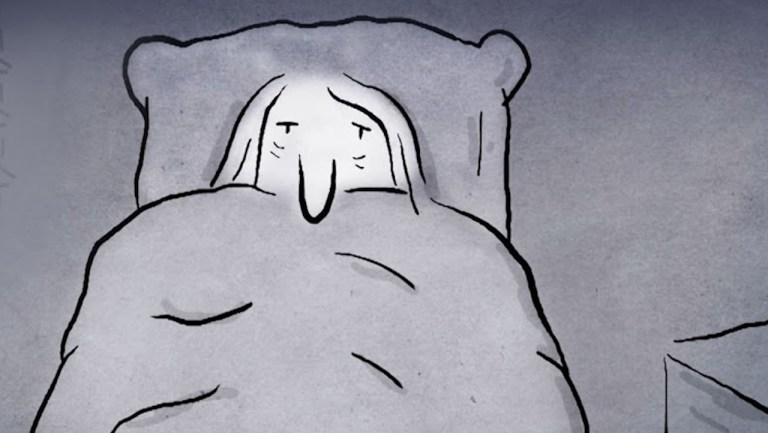The Science Behind Visual and Aural Hallucinations
In “The Science Of Hallucinations” by Life Noggin, narrator Pat Graziosi explains via animation what happens when a person’s brain perceives hallucinatory information, the commonality of hallucinations, how drugs affect brain perception and the variety of medical conditions that are likely to cause hallucinations.
Hearing voices is actually the most common hallucination. This is especially true for people with schizophrenia. This is thought to be partially caused by chemical imbalances in the thalamus. That’s the part of your brain used to coordinate different sections to work together. To a schizophrenic, these voices sound as real, as if someone was in the room talking to them and they usually comment on what the person is doing or thinking. Oftentimes they’re mean and negative. It’s not very pleasant. Brain malfunctions can also cause you to see things that aren’t there like faces with huge teeth and eyes if a certain part of the fusiform gyrus is overactive. Epilepsy tumors or migraines can cause ‘Alice in Wonderland‘ syndrome where people see the world around them is tiny or gigantic. Migraines can also cause similar hallucinations like floating, jagged patterns.






